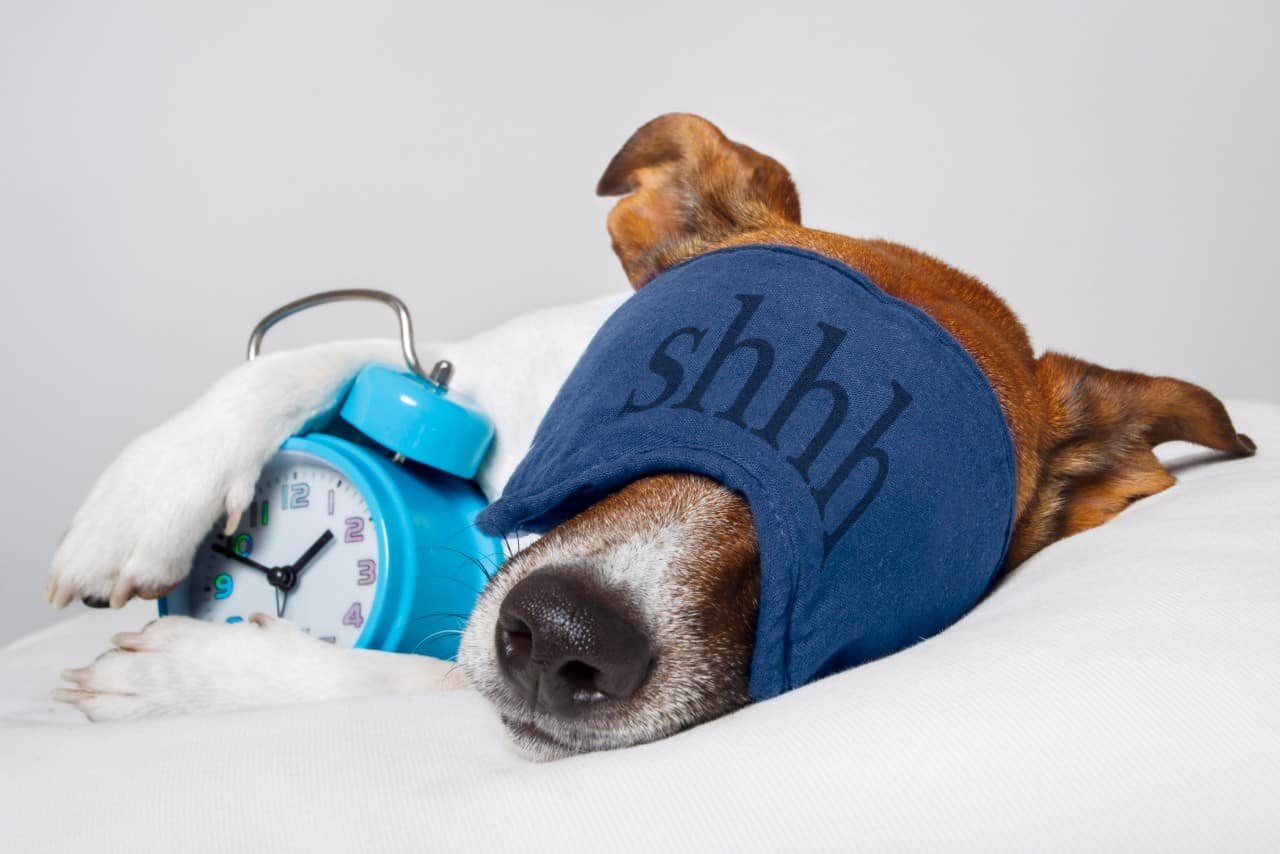How Do You Dry a Wet Mattress?
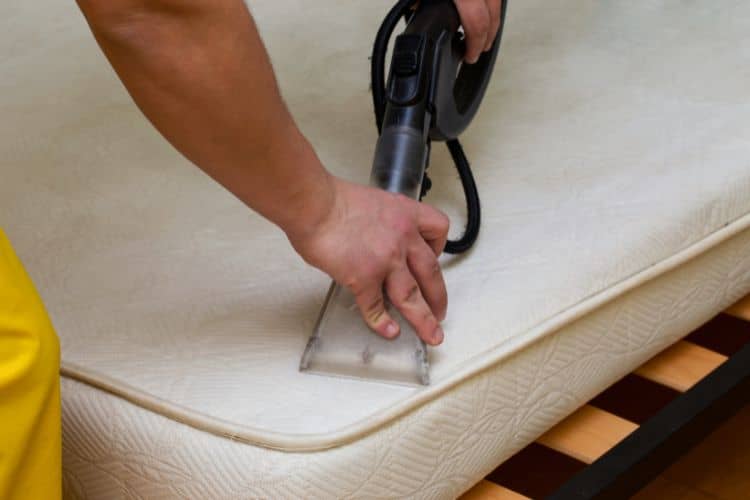
Accidents are bound to happen, whether it’s a spilled drink, a pet mishap, or an unforeseen leak. Unfortunately, mattresses are the fragile, and expensive, victims of these accidents!
Ensuring they’re completely dry after encountering moisture is essential to maintain the lifespan of your mattress. So, how do you dry a wet mattress?
In this article, we’ll delve into the essential steps and techniques to effectively dry a wet mattress, from immediate actions to professional interventions. Keep reading to ensure your mattress stays dry, clean, and comfortable for years to come
5 Methods to Dry a Wet Mattress
Here are some of the top ideal methods to dry a wet mattress
1. Immediately Dry the Area With Paper Towels
When dealing with a wet mattress, it’s essential to act quickly. The longer moisture lingers, the greater the risk of it penetrating deep into the mattress, potentially causing mold and stubborn stains.
To prevent this, grab dry towels or a clean cloth immediately and start blotting the area. Press down firmly to soak up as much liquid as possible.
Once a towel becomes saturated, switch to a fresh, dry one. Repeat this process until the mattress feels dry to the touch.
2. Absorb Excess Liquid With Baking Soda
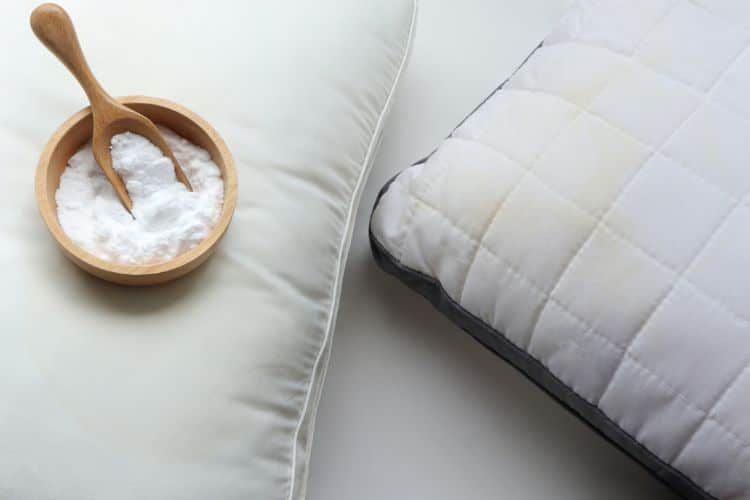
Baking soda isn’t only for cakes; it’s a superhero for your wet mattress! Simply sprinkle a generous amount over the damp area and let it work its magic for about 30 minutes.
This humble powder sucks up excess moisture like a pro. Then, grab your trusty vacuum and whisk away the baking soda along with the dampness.
That’s not all. Baking soda is one of the most versatile household items. It can fight tough stains, breaking down those pesky marks. If you want to remove unpleasant smells, look no further than the handy baking soda.
Alternatively, you can try cleaning cat litter for a similarly effective method. Unfortunately, it can get a tad messy.
3. Use a Wet/Dry Vacuum
Wet/dry vacuum cleaners are highly effective for stubborn stains and liquid spills on mattresses. These devices utilize powerful suction capabilities to extract moisture from deep within the mattress layers.
Equipped with specialized attachments, they can access the tightest spaces, ensuring thorough cleaning.
Their functionality is based on the principle of drawing in liquid and solid debris into a collection chamber, separating the liquid from the air, and storing it for later disposal.
Whether it’s spills from beverages or accidental leaks, wet/dry vacuums offer a reliable solution for maintaining mattress hygiene and preventing mold growth.
4. Turn On the Hair Dryer
Once you’ve patted the wet area of your mattress dry, consider using a hairdryer for further drying. Set the hairdryer to cool to avoid damaging the mattress with excess heat.
This method is particularly handy for spot cleaning with water and rubbing alcohol to remove stains completely. After cleaning with water, immediately use the hairdryer to prevent the water from penetrating too deeply into the mattress.
This way, your mattress will stay fresh and dry without risking damage from excessive moisture. With proper care and attention, your mattress will be looking and feeling its best in no time!
5. Air Out the Mattress
After removing excess liquid, allowing the mattress to air dry completely is the safest approach. This method eliminates the risk of damaging the mattress with excessive heat and prevents the spread of stains.
Drying the mattress in direct sunlight is particularly beneficial, as the sun has natural antibacterial properties, helping eliminate lingering bacteria or mold.
To ensure proper air circulation during the drying process, avoid placing the mattress directly on the floor. Instead, elevate it using a drying rack or other raised surface.
How to Prevent Water Damage to Your Mattress
Prevention is better than treatment. You don’t want to wait until your mattress gets wet to quickly ensure it doesn’t get further damage. Instead, take the following measures to protect your precious, comfortable mattress:
1. Waterproof Mattress Protector
A waterproof mattress protector is a thin, breathable covering designed to shield your mattress from water damage. It’s typically made from materials like vinyl, polyurethane, or other waterproof fabrics.
Despite its protective function, modern waterproof protectors are often designed to be comfortable, with soft, smooth textures that don’t disrupt your sleep.
They’re especially beneficial in households with children prone to accidents, elderly individuals, or even pet owners.
Not only are mattress protectors exceptional against spills and stains, but they also provide an additional barrier against dust mites and allergens.
2. Lightweight Sheets
Using sheets on your mattress is crucial for maintaining hygiene and prolonging its lifespan. Lightweight sheets, in particular, are not only easy to clean but also offer protection against accidental spills.
While they may not create a watertight seal, they act as a barrier, preventing direct contact between liquids and the mattress surface.
The key is to swiftly remove the sheets from the bed in the event of a spill, ensuring that the mattress stays dry.
3. Completely Dry the Mattress
It’s crucial to only sleep on a mattress once it’s entirely dry, even if it feels dry to the touch. Deep layers can still harbor absorbed moisture, risking mold and mildew growth.
The best way to ensure thorough drying is to leave the mattress in a sunny spot for as long as possible, allowing the drying process to penetrate all layers.
4. Contact a Professional Service
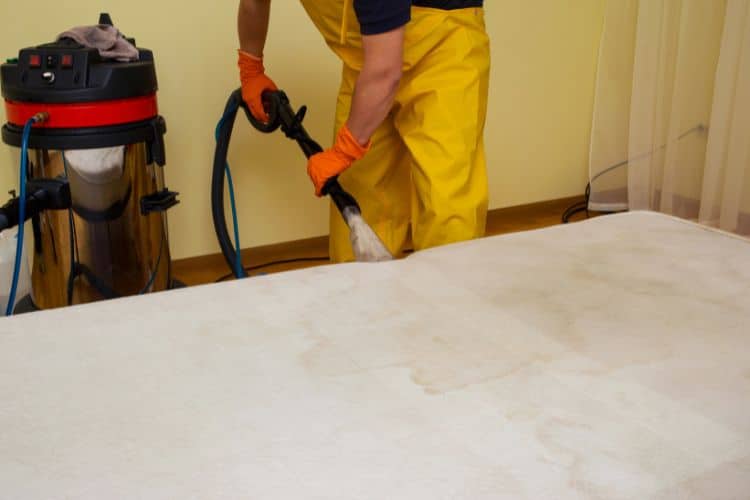
If your mattress has endured significant damage or moisture exposure, it’s wise to consider contacting a professional mattress cleaning service.
While it may seem costly at first, it’s a more affordable option compared to replacing the entire mattress or facing potential health risks associated with mold growth.
These experts can assess the damage thoroughly and employ specialized techniques to save your mattress effectively. Investing in professional cleaning ensures your mattress remains safe, clean, and free from harmful contaminants.
Signs of a Water-Damaged Mattress
Just because your mattress has gotten wet doesn’t mean it’s ruined. After drying your mattress, you should test it for a couple of nights before deciding to replace it with an expensive, new mattress.
Here are the signs of a water-damaged mattress:
Smell
A musty smell lingering from your mattress is often the initial indicator that it hasn’t dried completely after being exposed to moisture. This odor arises due to excess moisture and humidity trapped within the mattress.
Typically, airing out the mattress in a sunny area with proper air circulation for a day can resolve this issue.
However, if the smell persists despite these efforts, it could be a sign of potential mold growth. In such cases, it’s essential to address the issue promptly to prevent more damage and ensure a healthy sleep environment.
Discomfort
Experiencing discomfort while sleeping, such as lumps or unevenness in your mattress, can be a clear indicator of damage. Over time, excess moisture can cause the mattress layers to deteriorate, resulting in discomfort and even back pain.
If you notice a decline in sleep quality without any other apparent reasons, it may unfortunately be time to consider investing in a new mattress.
Allergies
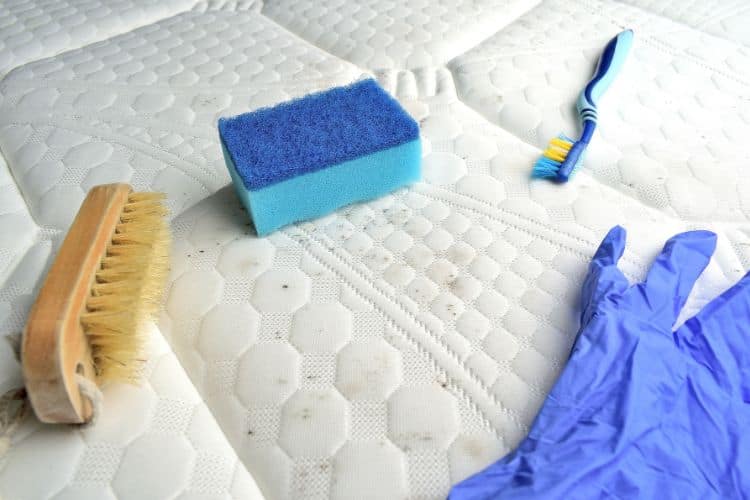
If you notice your allergies acting up, it could be a sign of a moldy mattress. Mold spores thrive in damp environments, and a water-damaged mattress provides the perfect breeding ground.
These spores can exacerbate allergy symptoms, causing sneezing, congestion, and other discomforts. If there are no other apparent reasons for your allergies flaring up, and you’ve recently spilled liquid on your mattress, it’s likely damaged. So, you’ll need to replace it.
Frequently Asked Questions
Should I get rid of my mattress if it gets wet?
No, getting your mattress wet doesn’t necessarily mean it’s damaged. Instead, you can remove the excess moisture using absorbent towels.
How do I prevent mold growth on my mattress?
Mold grows in humid environments. If your mattress has recently gotten wet, it offers the perfect environment for mold.
Keep in mind that mold isn’t always visible. Accordingly, it’s crucial to treat it, even if you don’t see any signs of mold growth. Here’s how to dry a wet mattress, effectively preventing mold:
- Clean any stains and liquid spills with dish soap and water
- Properly dry and remove excess moisture from the mattress before using it
- Maintain a dry, well-ventilated sleeping area
- Use a slatted bed foundation to improve ventilation around the mattress
To Conclude
How do you dry a wet mattress?
When it comes to dealing with spills and accidents, knowing how to dry a wet mattress is essential.
You can use absorbent towels or let the natural sunlight do its thing. Alternatively, wet/dry vacuums and waterproof protectors provide extra protection against accidents.
Keep in mind that quick action is crucial to avoid mold and other problems. With these tips, you’ll keep your mattress cozy and clean for years to come. So, next time you face a wet mattress dilemma, you’ll know exactly what to do!
FAQs
Dreaming about Getting Better Sleep?
we've got a friendly, knowledgable, passionate-about-sleep, straight-shooting, no bull sleep expert near you.
